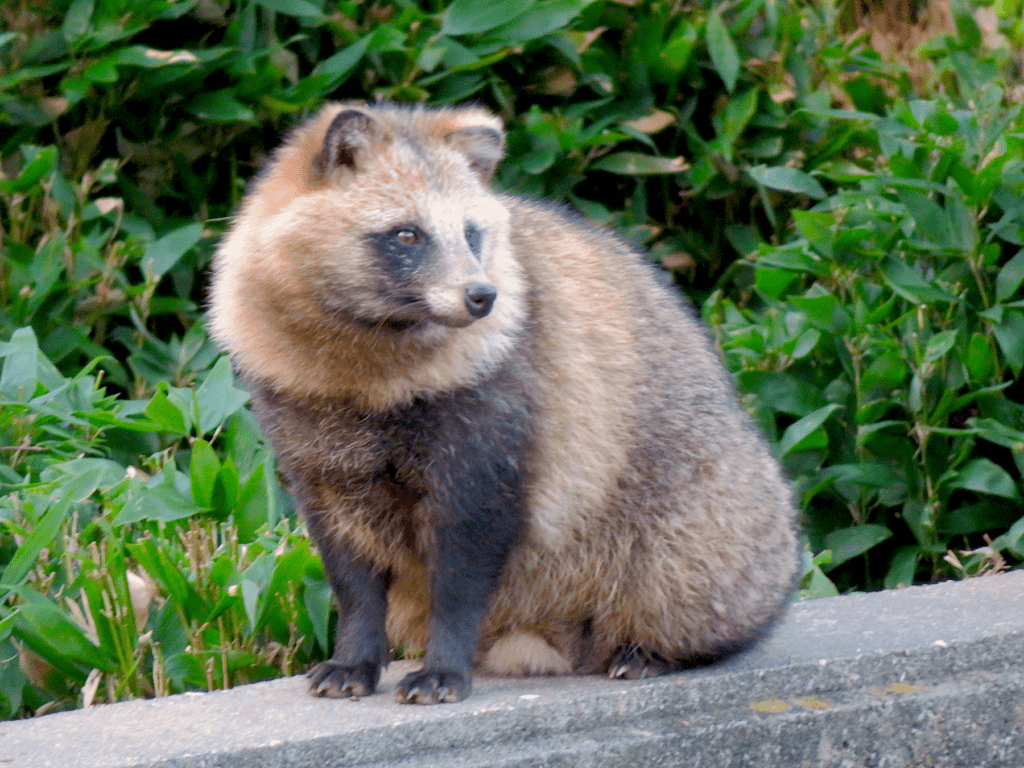
Since the early days of the pandemic, the infamous Huanan market in Wuhan, China was assumed to be the origin of the pandemic. It seems to make a lot of sense: the first cases came up around that area, and the market sold animals which are a plausible source for the virus to jump to humans.
Unfortunately, no live mammals were collected at the market, and the market was closed and disinfected on January 1, 2020, after the first cases had already taken place. We may very well have no way of confirming directly whether this market and its products were the true points of origin.
There also seemed to be another problem with this hypothesis: while the initial cases happened around the market, the distribution that was tracked didn’t seem concentric. In fact, some of the early cases were a bit farther away and could not be linked to the market at all. But armed with over two years of knowledge on how COVID-19 is transmitted, researchers now believe this makes sense.
New light on the early events
After conducting a statistical analysis of these early cases, and taking into consideration what we now know about how the virus spreads (that some people have very mild symptoms or are asymptomatic), a group of researchers concluded that the pandemic started in the Wuhan market after all.

Michael Worobey, the lead author of the first study and biologist from the University of Arizona, says the market sellers got infected first, setting up a chain reaction. Basically, the likelihood of someone getting the disease early on was directly correlated to how close they lived to the market.
“In a city covering more than 3,000 square miles, the area with the highest probability of containing the home of someone who had one of the earliest COVID-19 cases in the world was an area of a few city blocks, with the Huanan market smack dab inside it,” said Worobey, who heads the University of Arizona Department of Ecology and Evolutionary Biology.
Another point of confusion stemmed from the timing of the pandemic’s spread. Initially, some researchers suspected that the disease may have started spreading around January 2020, but if it started earlier (which seems to be proven now), then everything fits. In December 2019, the cases spread outward from a bullseye centered on the market, but in January 2020, the disease was most prevalent in dense areas — exactly what you’d expect with this type disease.
“This tells us the virus was not circulating cryptically,” Worobey said. “It really originated at that market and spread out from there.”

The study even zoomed in on the market, and noted that most cases were linked to a section of the market where raccoon dogs were sold. Racoon dogs are small, fox-like creatures that are bred in China for fur farming. According to some biologists, the raccoon dog is the most likely intermediate host for transmission of SARS-CoV-1 and SARS-Cov-2 to humans.
While no “smoking gun” type of evidence has been found, all the indirect evidence seems to point at the market as a likely origin point. Some, including senior officials, have speculated that the virus may have been leaked from a Chinese lab. But that hypothesis just doesn’t fit with the existing data, says professor Stuart Neil from Kings College for the BBC.
“We’re now as sure as we can be, based on the fragmentary evidence we do have, that this was a spillover event that happened in the market.”
However, just because the virus didn’t escape from the lab doesn’t mean Chinese authorities aren’t to blame. Neil says that the pandemic very likely emerged due to “unhealthy, cruel and unhygienic practices that Chinese authorities had been warned about”. Authorities also suppressed the press and people who tried to raise attention to this problem.

However, the study authors believe the lab leak idea is little more than a distraction at this point.
“Our analyses of available evidence clearly suggest that the pandemic arose from initial human infections from animals for sale at the Huanan Seafood Wholesale Market in late November 2019,” said Andersen, who was a co-senior author of both studies and is a professor in the Department of Immunology and Microbiology at Scripps Research.
The second study looked at something else: genomic data from early COVID-19 cases.
Using a technique called molecular clock analysis, which looks at the natural pace of genetic mutations over time, the scientists found that it seems very unlikely that there was one unique jump from animals to humans. Previous studies suggested that there were two lineages, called A and B — with the A lineage resembling viruses found in bats, and the B virus emerging from the A one. But this new study suggests the two lineages are distinct, they just both were present in the market.
“Otherwise, lineage A would have had to have been evolving in slow motion compared to the lineage B virus, which just doesn’t make biological sense,” said Worobey, who was also an author of this study.
Preventing future pandemics depends on a good understanding of such events. However, knowing is just one part of the problem. We knew that animal markets, especially animal markets that sell wild animals, have a high risk of disease jumping to humans. We also knew that coronaviruses are particularly a big problem. We even knew that the practices in that particular food market were bad — and yet, we didn’t really care about it enough.
Eventually, a chain of carelessness is what got stuck with this pandemic. Hopefully, next time we’ll be more careful because the next pandemic is always just around the corner.


